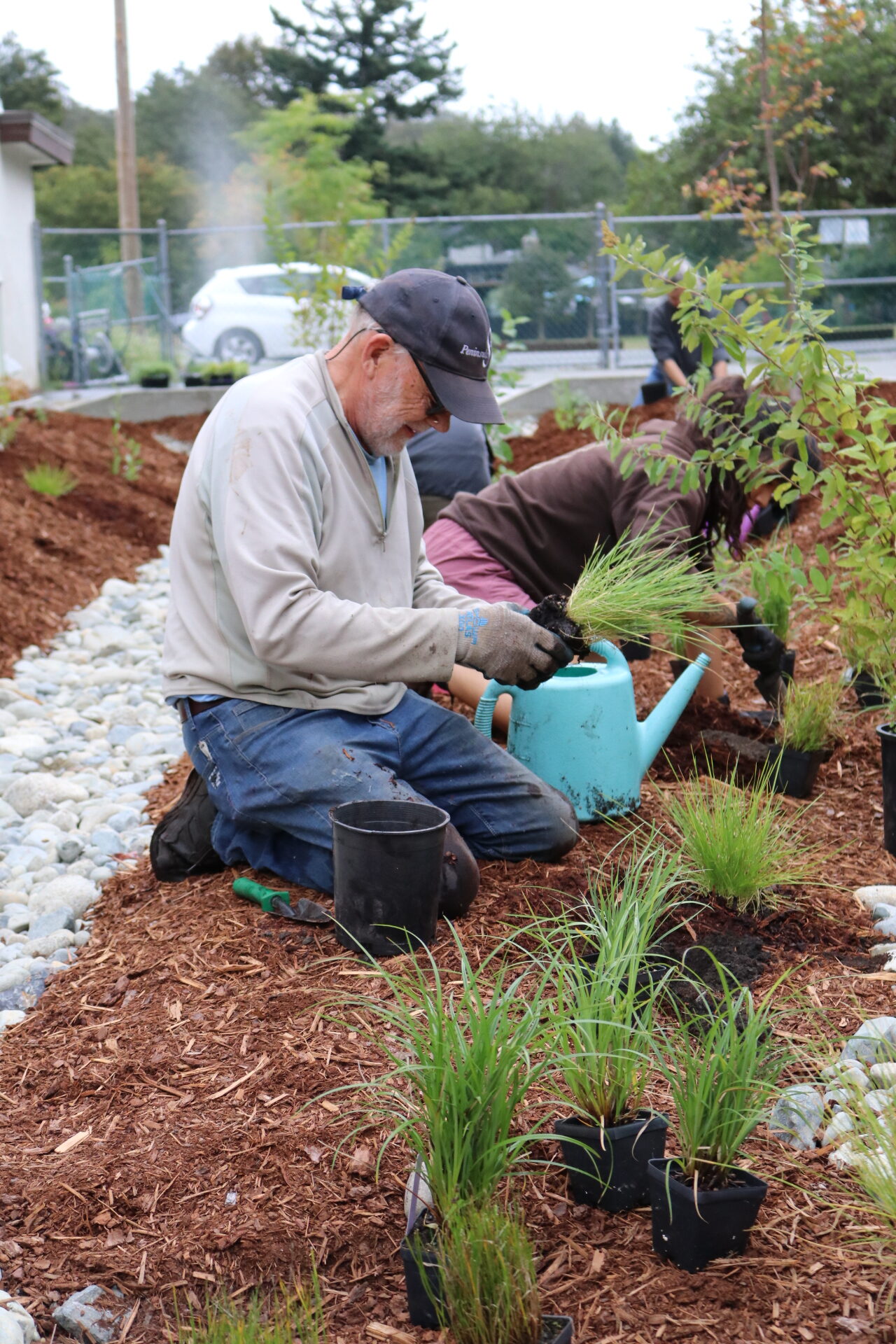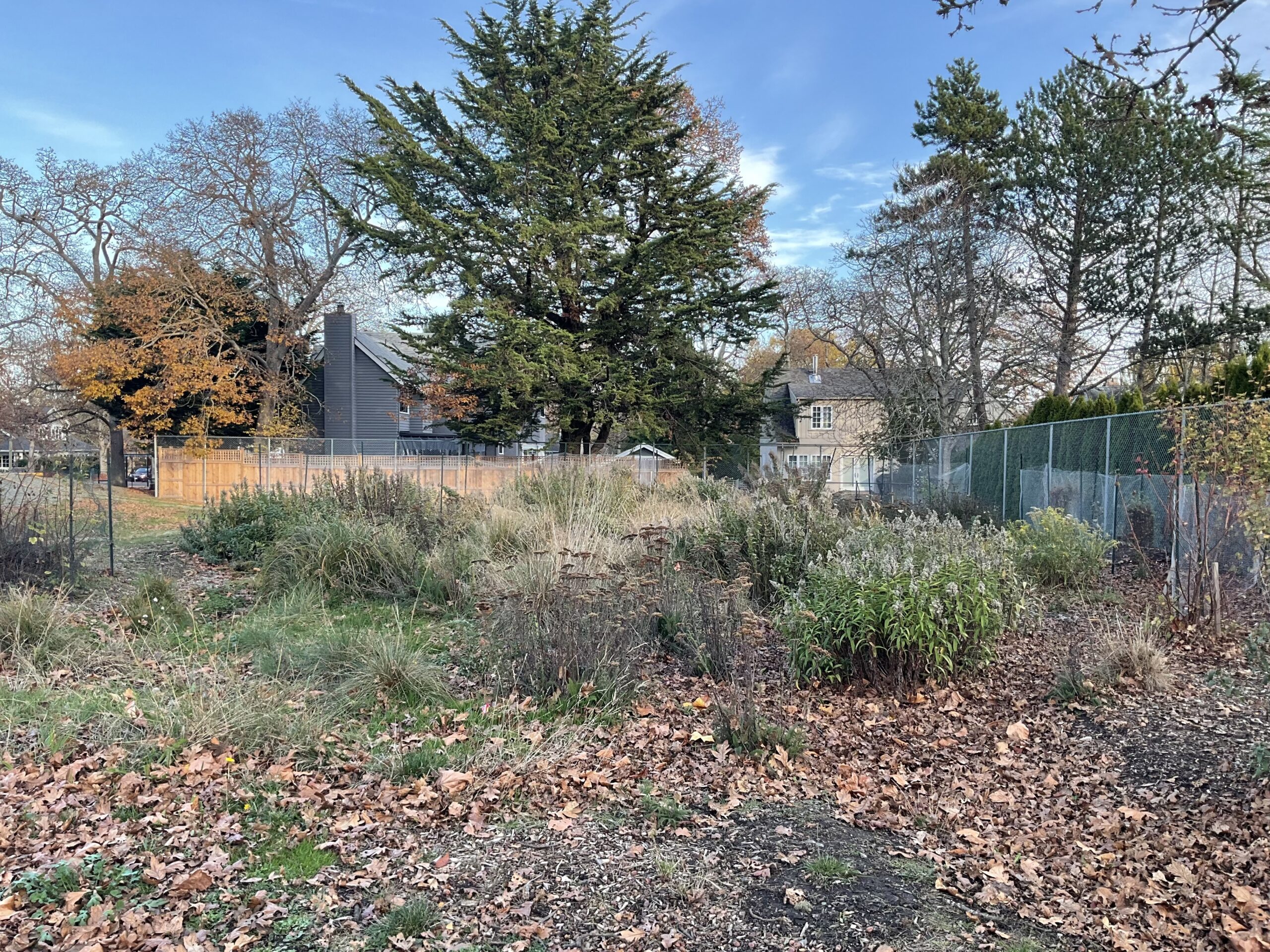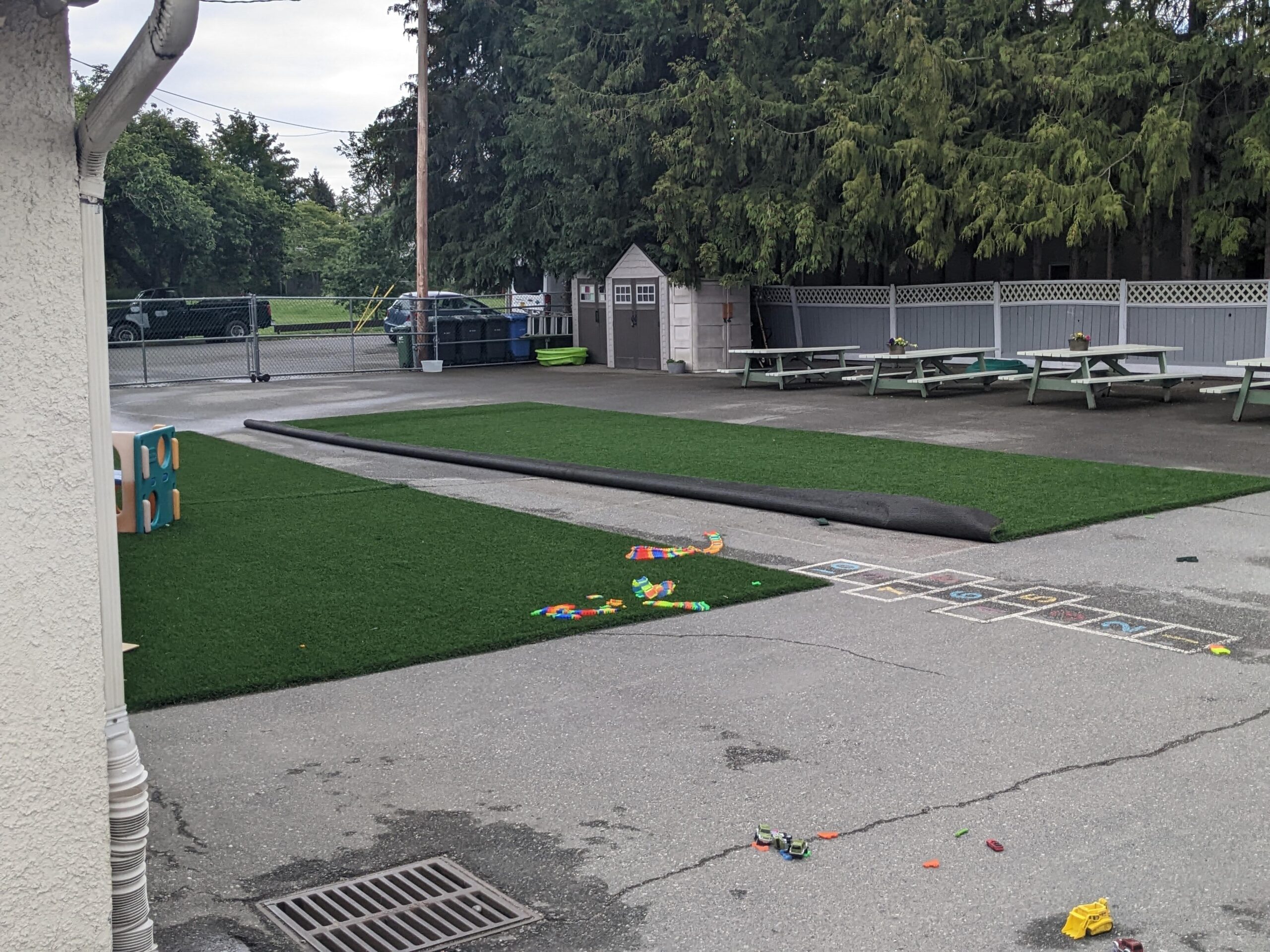Rain Gardens for Headwaters

Urban stormwater poses significant challenges to local streams, watersheds, and communities. In developed landscapes, rainfall is rapidly routed off impermeable surfaces such as roads, rooftops, and parking lots, creating runoff that is hot, fast, and contaminated by pollutants. This altered hydrology can erode stream banks, degrade water quality, and place significant stress on fish and other aquatic life, limiting the recovery of salmon populations in urban systems.
Rain gardens build resilience to the significant impacts impermeable surfaces and stormwater runoff have on our local streams, watersheds, and communities. Rain gardens are vegetated areas in urban environments, designed to capture, hold, cool, and filter water on the landscape, where it can either evaporate, be transpired by plants, or seep deep into the soil as groundwater. By slowing and storing rainfall that would otherwise be rapidly conveyed into streams through pipes and ditches, rain gardens help restore more natural hydrologic processes in developed areas. In addition to moderating flows and temperatures, rain gardens have also been shown to effectively filter a wide range of pollutants found in urban stormwater, such as metals, hydrocarbons, and emerging contaminants such as 6PPD-quinone, a tire-derived chemical linked to pre-spawning mortality of coho salmon in urban streams. By improving both water quality and flow conditions, rain gardens play an important role in protecting downstream aquatic habitat.
Our grassroots Rain Gardens for Headwaters program provides Green Stormwater Infrastructure (GSI) education and capacity building for local communities and public schools. Through education, outreach, and building demonstration rain garden sites, we aim to take rain gardens from obscure to commonplace. Rain garden demonstration sites serve as focal points for students, faculty, and the community at large to participate and learn about the efficacies and importance of stormwater management and GSI. These sites are used to educate and increase literacy around rain garden design and installation, as well as critical issues such as stormwater impacts on local hydrology, water quality, ecosystem health, and landscape resilience to climate change.
Monterey Middle School Rain Garden
This 200 m² rain garden demonstration site was built in collaboration with the Friends of Bowker Creek’s 1000 Rain Gardens Program, School District 61, and with support from Oak Bay Engineering. Located at Monterey Middle School adjacent to the school parking lot, the rain garden was designed to capture and treat stormwater runoff from approximately 1,000 m² of contributing area before flowing through municipal pipes into McNeill Bay. Prior to construction, runoff from the parking lot flowed rapidly into a storm drain, carrying heat, sediment, and urban pollutants to the nearshore environment. The rain garden now intercepts this water, slowing, storing, and filtering runoff through engineered soils and vegetation while also addressing localized drainage issues on site.
Students were intimately involved in every step of the design, construction, and planting phases and now participate in ongoing maintenance of the garden. The site incorporates curb cuts, sediment-settling features, gently sloped flow paths, and overflow controls to manage both small and large rainfall events, while protecting existing site features such as a mature oak tree. Through in-class presentations, hands-on workshops, and outdoor learning, students have gained a deeper understanding of stormwater impacts, rain garden function, and Green Stormwater Infrastructure, and are currently designing interpretive signage to share this knowledge with the broader school and community.


Campus View Elementary School Rain Garden

Consisting of one large demonstration garden and three smaller rain garden sites, the Campus View Elementary School rain gardens are actively filtering rainwater from the school bus loop and staff parking lot in the headwaters of Bowker Creek. Historically, this area experienced frequent localized flooding, with stormwater rapidly draining into underground infrastructure connected directly to the creek only 150 m away. The rain gardens now intercept this runoff, allowing water to slow, soak, and filter through engineered soils and vegetation before being released back into the landscape. Their strategic placement along high-visibility areas of the school grounds—including adjacent to Gordon Head Road—also makes them an effective public demonstration of Green Stormwater Infrastructure in action.
Partners in this project included the Friends of Bowker Creek and School District 61, along with students from Campus View Elementary School and Mount Douglas Secondary School. Students played an active role in shaping, planting, and maintaining the gardens, and continue to steward the sites through regular weeding, mulching, and follow-up planting events. Designed with features such as sediment-settling areas, gentle flow paths, and built-in overflow controls for larger storm events, the rain gardens not only reduce flooding and protect downstream aquatic habitat, but also serve as outdoor learning spaces that connect students and the broader community to stormwater management, watershed health, and stewardship of Bowker Creek.
Parkdale Early Childhood Centre Rain Garden
The rain garden at the Parkdale Early Childhood Centre now filters the hot, fast, and toxic stormwater coming from the parking lot with its bioactive soils and native plants before allowing it to seep into the Cecilia Creek Watershed. Previously, runoff from the largely impervious parking area flowed directly into a storm drain connected to Cecilia Ravine Park and the Gorge Waterway, carrying heat and urban pollutants downstream. The rain garden intercepts this water, slowing, cooling, and filtering runoff while increasing the site’s capacity to manage heavy rainfall events and reducing pooling and flooding on the property. In addition to improving stormwater management, the garden helps offset the loss of tree canopy in the area by adding vegetation that shades the site and contributes to a cooler, healthier outdoor environment.
The project was made possible through collaboration between the Parkdale Free Church, the Parkdale Early Childhood Centre, the Friends of Bowker Creek’s 1000 Rain Gardens Project, and the City of Victoria. Designed and built as a community-led demonstration site, the rain garden serves as a focal point for learning and stewardship among church members, staff, parents, and children. The plants also serve as a living classroom for the kids, offering hands-on learning about plant life, urban water cycles, and species that hold cultural significance for Indigenous Peoples. As both a functional piece of Green Stormwater Infrastructure and a shared learning space, the Parkdale rain garden demonstrates how community partnerships can improve watershed health while creating safer, greener, and more engaging spaces for youth.


Learn More
Scroll through or click to view this story map created in 2023 explaining how rain gardens work.
NatuR&D is a nature-inspired research and design collective that uses principles of biomimicry—learning from how natural systems function—to support climate resilience, ecosystem health, and sustainable community design. One of these tools is the RUSH Initiative (Resilient Urban Systems & Habitat), an open, community-focused platform that combines local data, mapping, and cross-sector collaboration to visualize vulnerabilities and opportunities for nature-based solutions like rain gardens across Southern Vancouver Island.
